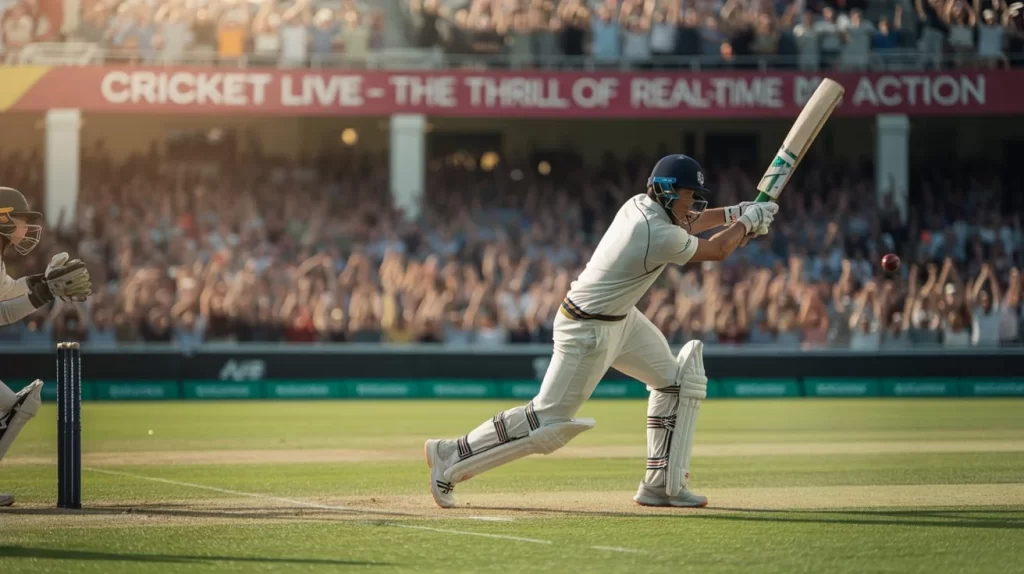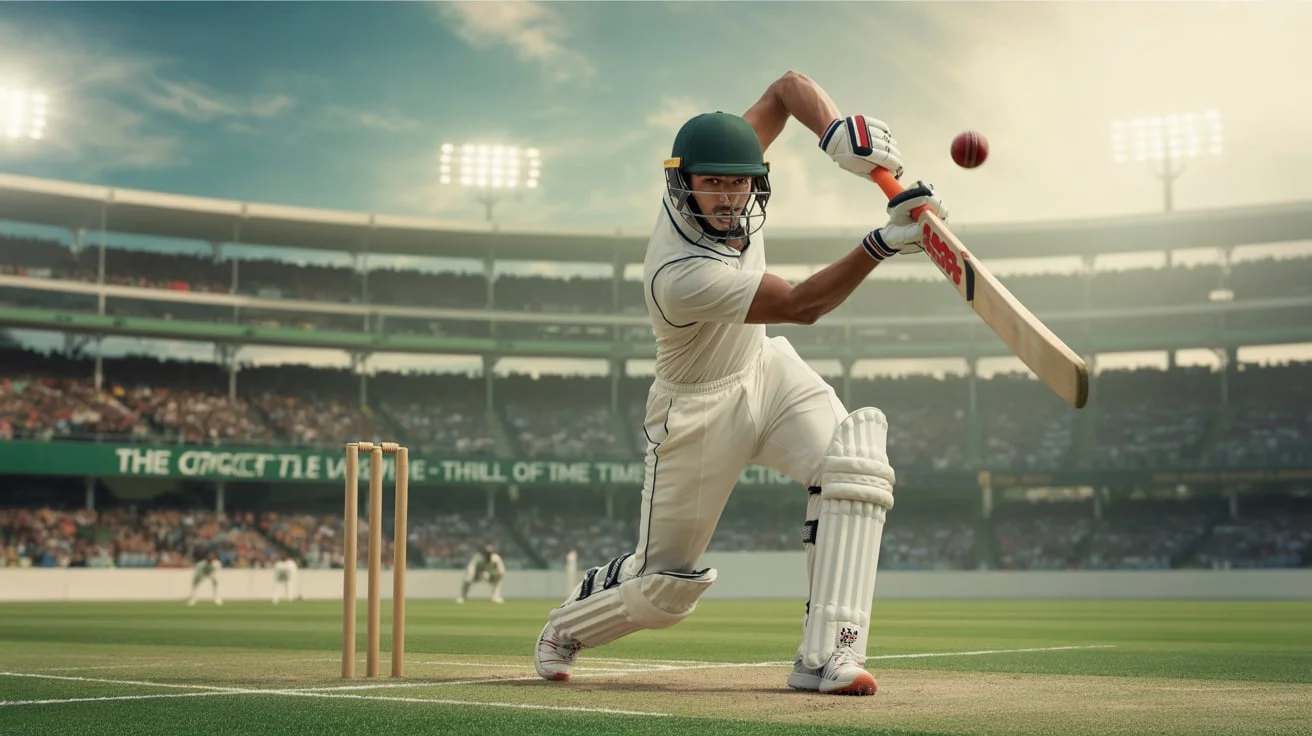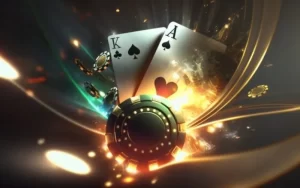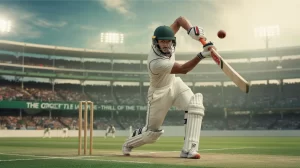Cricket Bat is one of the most popular sports in the world, and at the heart of this game lies an essential piece of equipment—the cricket. Over the years, the cricket has undergone several changes in its design, size, and material, all aimed at improving player performance while maintaining the spirit of the game. From casual backyard cricket to international tournaments, the bat is more than just wood; it is a symbol of skill, strategy, and tradition.
Origins of the Cricket Bat
The history of the cricket bat dates back to the 16th century when cricket was first played in England. The earliest versions were shaped more like hockey sticks because bowlers delivered the ball underarm, rolling it along the ground. As the game evolved and bowlers began pitching the ball, the shape of the bat also changed. By the 18th century, the cricket had developed into a straight blade, resembling the modern design we see today.
Materials Used in Making Cricket Bats
A traditional cricket bat is crafted from willow wood, a type of wood known for its strength, shock absorption, and lightweight properties. There are two main types of willow used:
- English Willow – Preferred by professional players, English willow is softer, allowing for better power and stroke play. However, it requires more care and maintenance.
- Kashmir Willow – Heavier and harder than English willow, this type is commonly used in cheaper bats and is often the choice for beginners and casual players.
The handle of the cricket bat is usually made from cane, sometimes reinforced with rubber or other materials to provide flexibility and absorb shock from ball impact.
Anatomy of a Cricket Bat
Understanding the structure of a cricket helps players choose the right one for their style:
- Blade – The flat part of the bat used to hit the ball.
- Spine – The ridge at the back of the bat that adds strength and weight distribution.
- Sweet Spot – The area on the blade that produces the best shots when the ball makes contact.
- Handle – The top part used for grip, usually covered with rubber for better hold.
- Toe – The bottom end of the bat, which often requires protection against moisture and cracks.
Each part plays a crucial role in performance, making the cricket bat both a science and an art in its construction.
Choosing the Right Cricket Bat
For players at any level, selecting the right cricket bat is essential. Factors to consider include:
- Size – Bats come in different sizes, from junior to full-sized. Choosing the right size ensures comfort and better control.
- Weight – Lighter bats allow for faster strokes, while heavier bats provide more power. A balance between the two is often ideal.
- Willow Type – Beginners often start with Kashmir willow, while advanced players prefer English willow.
- Grip and Handle – Comfort in holding the bat makes a big difference during long innings.
Modern Innovations in Cricket Bats

While traditional bats are still widely used, technology has influenced modern cricket equipment. Today’s cricket often feature:
- Pre-knocked blades, which are ready for immediate use.
- Protective coatings, such as anti-scuff sheets or toe guards, that extend the bat’s life.
- Customized profiles, with different spine heights and edge thicknesses to suit a player’s style.
Brands also experiment with weight distribution, ensuring players can generate maximum power without compromising control.
The Role of the Cricket Bat in Different Formats
The type of cricket bat a player chooses can also depend on the format of the game:
- Test Matches – Bats with a strong sweet spot and durability are preferred, as they must withstand long innings.
- One-Day Internationals (ODIs) – Players often select bats that balance power and control for stroke variety.
- T20 Cricket – Heavier bats with thicker edges are common, as they provide explosive power for quick boundaries.
This adaptability of the cricket bat shows its integral role across different versions of the sport.
Famous Cricket Bats in History
Certain cricket bats have achieved legendary status because of the players who used them. For example:
- Don Bradman’s Bat – A piece of cricketing history, associated with one of the greatest batsmen ever.
- Sachin Tendulkar’s MRF Bat – Iconic in the 1990s and 2000s, symbolizing his dominance in world cricket.
- Chris Gayle’s Power Bat – Known for hitting massive sixes in T20 leagues.
These examples highlight how a cricket bat becomes part of a player’s identity.
Caring for a Cricket Bat
A well-maintained cricket bat lasts longer and performs better. Key care tips include:
- Oiling – Linseed oil is often applied to protect the bat from drying out.
- Knocking In – A process of gently striking the bat with a mallet or ball to strengthen the blade before use.
- Storage – Keeping the bat away from moisture and extreme heat prevents damage.
- Toe Protection – Using guards or covers helps avoid cracks at the base.
Conclusion
The online cricket bat is not just a tool—it is an extension of a player’s technique, style, and personality. From the willow it’s carved from to the grip on its handle, every detail impacts performance. As cricket continues to evolve, so too will the design and technology of bats. Yet, at its core, the bat remains a timeless symbol of the game, carrying with it centuries of tradition and countless unforgettable moments on the field.







